Tractor Supply’s Unsung Apparel Edge

Amid the cattle feed, ride-on mowers, propane tanks and pet supplies, there’s a place for apparel at Tractor Supply Co. — and it’s growing.
The Brentwood, Tenn.-based Tractor Supply is striving for greater apparel market share by tapping influencers, pushing social media, forming partnerships, testing shops-in-shop, and in footwear and outerwear, stretching to some higher-priced products. The company is capitalizing on Western trends, like coastal cowgirl, workwear’s widening appeal as a fashion statement, and changing demographics and lifestyles as Americans flock from major cities to suburbia and countryfied settings.
More from WWD
Five Men's Fashion Stores Opening in New York City This Fall
Frame's Erik Torstensson Aims to Reinvent and Elevate Retail
Naturopathica Plots Expansion, Highlights Oncology Relief Services
The core of the apparel assortment remains functional and durable workwear, whether worn for fieldwork or just for the look. Yet there’s also an emerging layer of sprightly Western and coastal-cowgirl sportswear, footwear and accessories — specialty boots, denim, turquoise jewelry, flirty sundresses, embroidered halters and other trendy pieces.
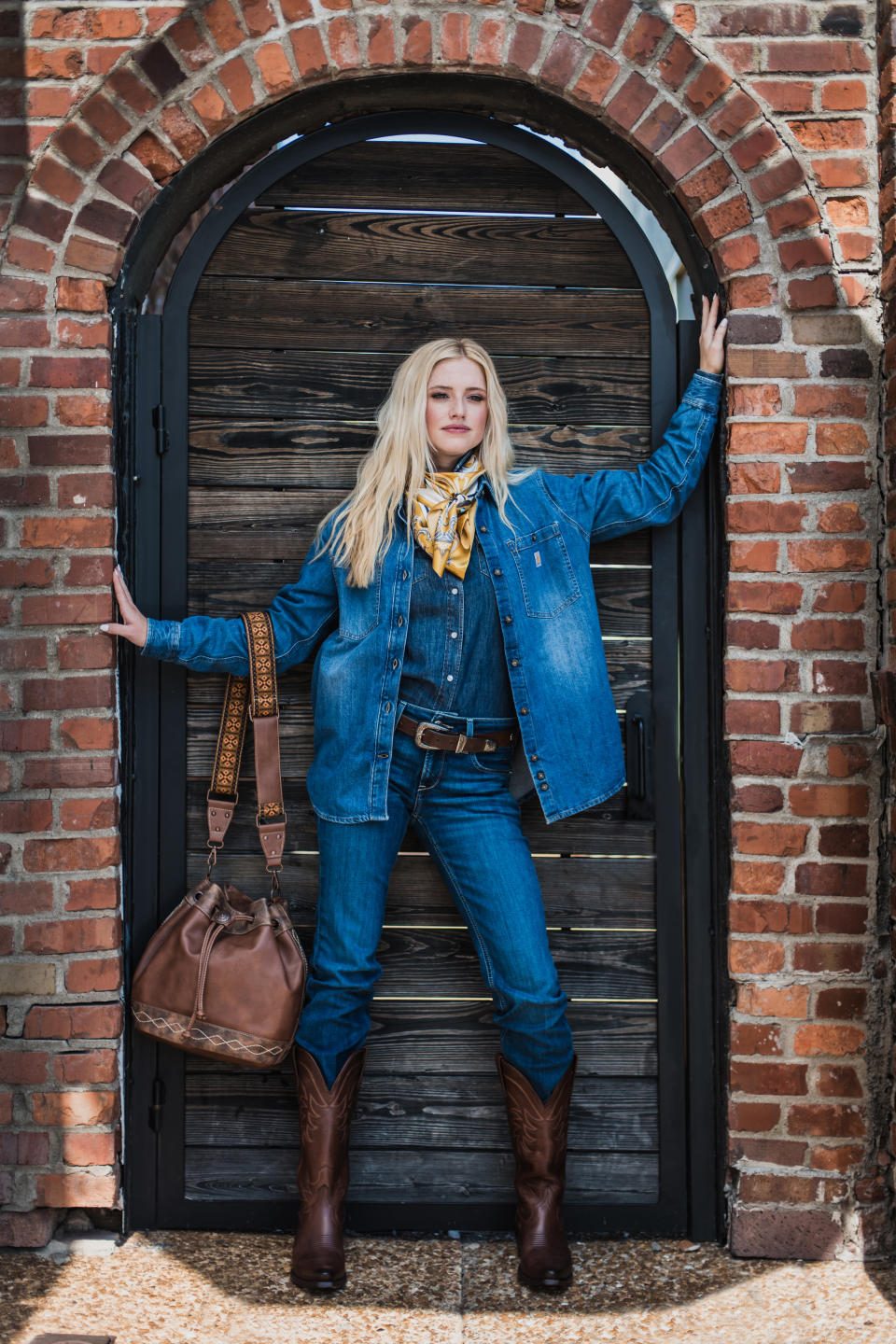
“For our core customers, we provide a great value through top workwear brands as well as our own brands like Ridgecut and Blue Mountain, but apparel has also been a great door-opener for us with a younger, female customer who is discovering Tractor Supply and looking for Western-inspired and workwear apparel,” said Hal Lawton, president and chief executive officer of Tractor Supply. “The same is true for customers who have moved to more rural areas, and are embracing ‘life out here’ and seeking apparel appropriate for their evolving lifestyle.”
“Life out here” is the company’s catchphrase evoking suburban and rural settings, reflecting efforts to resonate with full-blown or gentleman farmers and ranchers, gardeners, and do-it-yourself types that Tractor Supply targets with its marketing and merchandising.
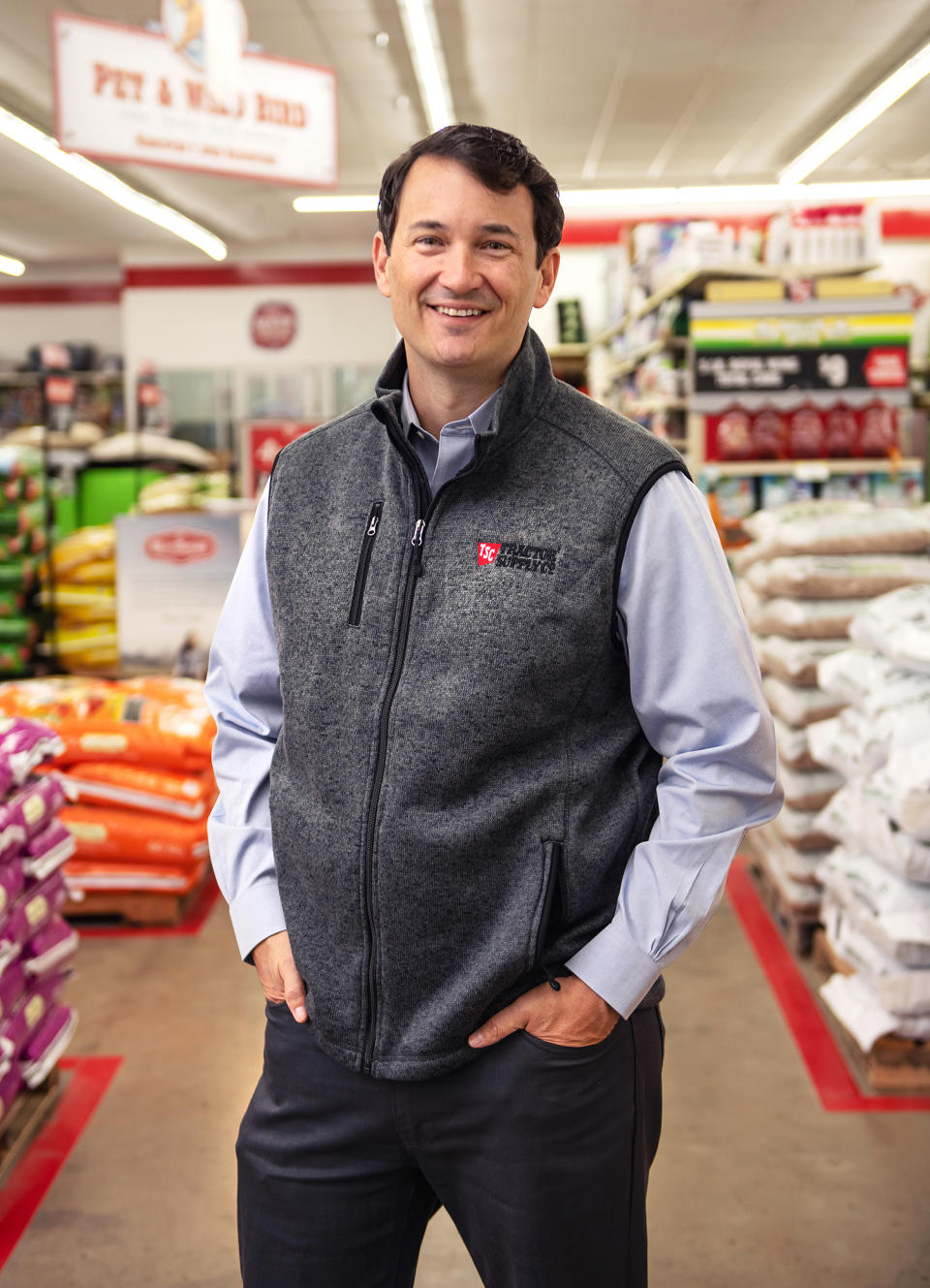
“Apparel is absolutely one the primary categories we are marketing in a meaningful way on social media, whether that would be Pinterest, TikTok or Instagram. Over the last 18 months, we have been pushing the apparel category harder,” Seth Estep, Tractor Supply’s executive vice president and chief merchandising officer, told WWD. “We’re not a fashion house. I’m just saying the trends of today are starting to rotate into what we call ‘life out here.’ Women’s apparel is a major area for growth right now. In men’s apparel, we way over index from a total business perspective.”
At Tractor Supply, often referred to as TSC, apparel accounted for just under 10 percent, or approximately $1.2 billion to $1.3 billion, of the company’s total volume of $14.2 billion in 2022.
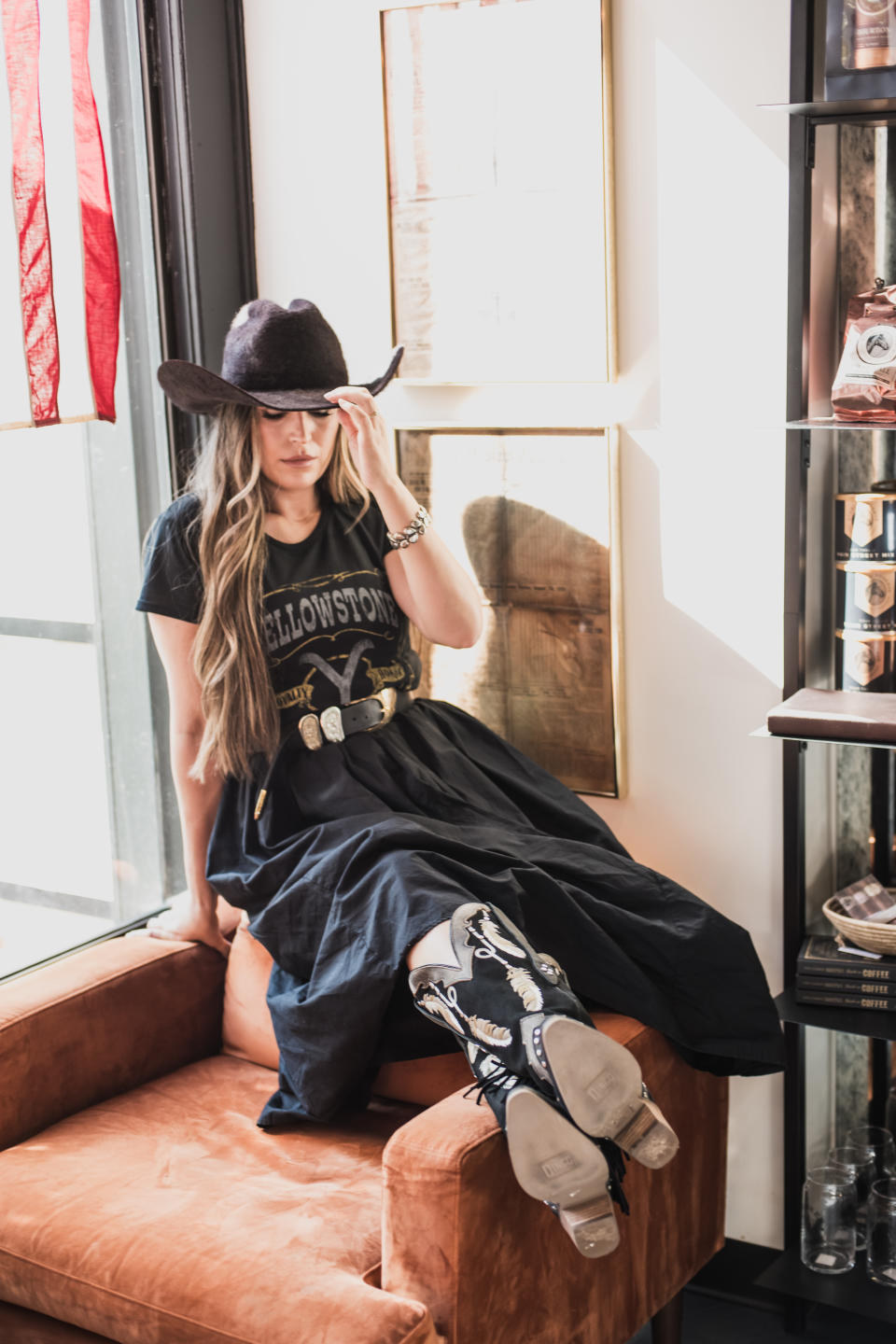
Second-quarter financial results were solid but under expectations due to moderating consumer demand, particularly among Tractor Supply’s blue-collar, working-class clientele, who have been most affected by inflation and depleting savings from pandemic-related government assistance. Net sales increased 7.2 percent to $4.18 billion; comparable-store sales rose 2.5 percent, and net income rose increased 6.2 percent to $421.2 million. The company lowered its 2023 outlook slightly to between $14.8 billion and $14.9 billion in sales, from $15 billion to $15.3 billion, and to $10.20 to $10.40 in earnings per share, from $10.30 to $10.60.
Last year, TSC had a strong performance, with net sales increasing 11.6 percent to $14.2 billion; comparable-store sales up 6.3 percent, and net income rising 9.2 percent to about $1.1 billion.
Nationally, organized crime has eaten into retail sales and profits, though Tractor Supply, due to its exurban orientation in freestanding sites or in strip centers, hasn’t been hit with crime as much as other stores. “Our locations have been a benefit to us,” Estep observed. “But we think it’s not only our location. It’s also our commitment to customer service that has allowed us to not only be less impacted as many other retailers, but also actually improve on our shrink rates in the last two years. Customers are not going to turn around and not find a Tractor Supply employee. We are highly focused on customer service. We do not lean on things like self-checkout.”
With Tractor Supply tracking at nearly $15 billion in sales for 2023, a lift in sales in apparel and other categories is expected.
While TSC’s apparel business is substantial and has greater potential, it’s generally underrated. Other TSC strategies and categories, like its aggressive store opening strategy, clear niche in often underserved communities, healthy dividends and consistent profitability, generate greater buzz. More than 50 percent of the business is in pet, livestock, backyard poultry and horse supplies. The company says it has a $180 billion addressable market.
On the apparel side, TSC’s top workwear brands include Carhartt and Dove Tail, and in private brands Ridgecut, Blue Mountain and Tractor Supply are key labels. Private brands account for 30 percent of the overall apparel volume.
Key Western labels include Wrangler, Ariat and Dan Post across jeans, boots and sportswear, as well as Corral boots, Justin boots, the San Diego Hat Company, Ely Cattleman shirts and Yellowstone T-shirts.
“Our leading brands in our stores have really come on trend in the last few years. We are one of the top retailers for Carhartt apparel,” said Estep, citing Carhartt’s work pants, fleece, hoodies and performance designs as going over well with TSC’s core customers as well as new customers.
More than 140 Tractor Supply stores have installed Carhartt shops to spotlight the brand. “In essence, you feel like you are in a Carhartt store,” Estep said. The Carhartt shops occupy about two-thirds of the 3,500 square feet dedicated to apparel offerings in the stores, on average. “These are really testing grounds so we can understand what’s meaningful year-round,” said Estep. “We’ll take the learnings and push them into the balance of our other 2,200 stores.”
Wrangler, Ariat, Columbia and a few other brands take up the balance of the apparel selling space, which focuses on the core work and functional brands.
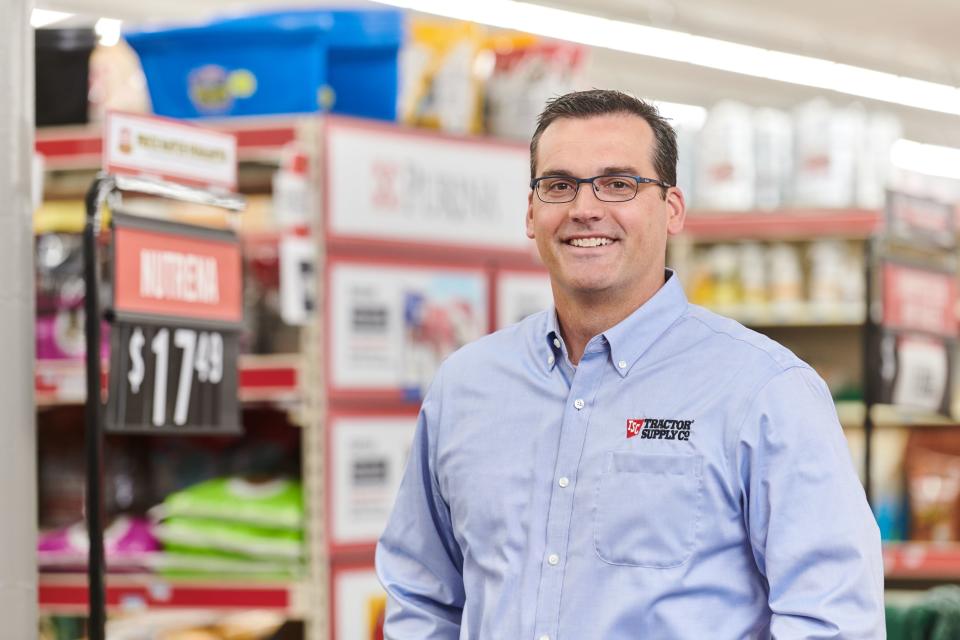
In their entirety, Traffic Supply stores typically occupy 15,500 to 16,000 square feet of selling space, and have about 20,000 products on display. “It’s a lot of skus in a small footprint,” Estep said. “You will find our base, core apparel in the stores and then we leverage TractorSupply.com and our app to build out the balance of the assortment,” with more fashionable and trendier items.
Last July, as part of its second-quarter report, TSC announced it would accelerate store openings, with a goal of operating 3,000 stores in the U.S. from the current 2,200, an increase of 200 locations from prior guidance. Eighty stores are seen opening next year, with a step up to approximately 90 per year beginning in 2025. Tractor Supply has a sale-leaseback program involving 117 stores, which will help fuel the store expansion. The sale of the real estate, according to the company, will offset the rents incurred by the leasing.
As Tractor Supply continues to open new stores and remodel existing units, the company is considering more shops-in-shop, potentially for brands in addition to Carhartt.
“We don’t have a cap on that,” Estep replied, asked if there was a goal number. “We look at it on a site-by-site basis,” he added. “There could be areas of the country where some other brands might be more meaningful.”
As TSC executives see it, the company’s apparel business is being fueled by a convergence of factors.
“Pre-pandemic, Millennials accounted for about 20 percent of our total customer base, but over the last few years it’s 25 percent,” Estep said. “We have grown significantly with a younger customer base as we see that Millennial customer moving out of city centers. As they move to exurban, suburban markets, they are buying homes, starting families, adopting pets and they might get into organic gardening or backyard poultry and they are coming to us for all that. And they’re also discovering us as a place to buy apparel and their favorite kind of workwear. We see apparel as a key segment to drive new customers to Tractor Supply. It’s where we’ve had some very good success and that’s why we continue to double down there. But we know there’s a lot more of a market out there that just needs to discover Tractor Supply for the first time.”
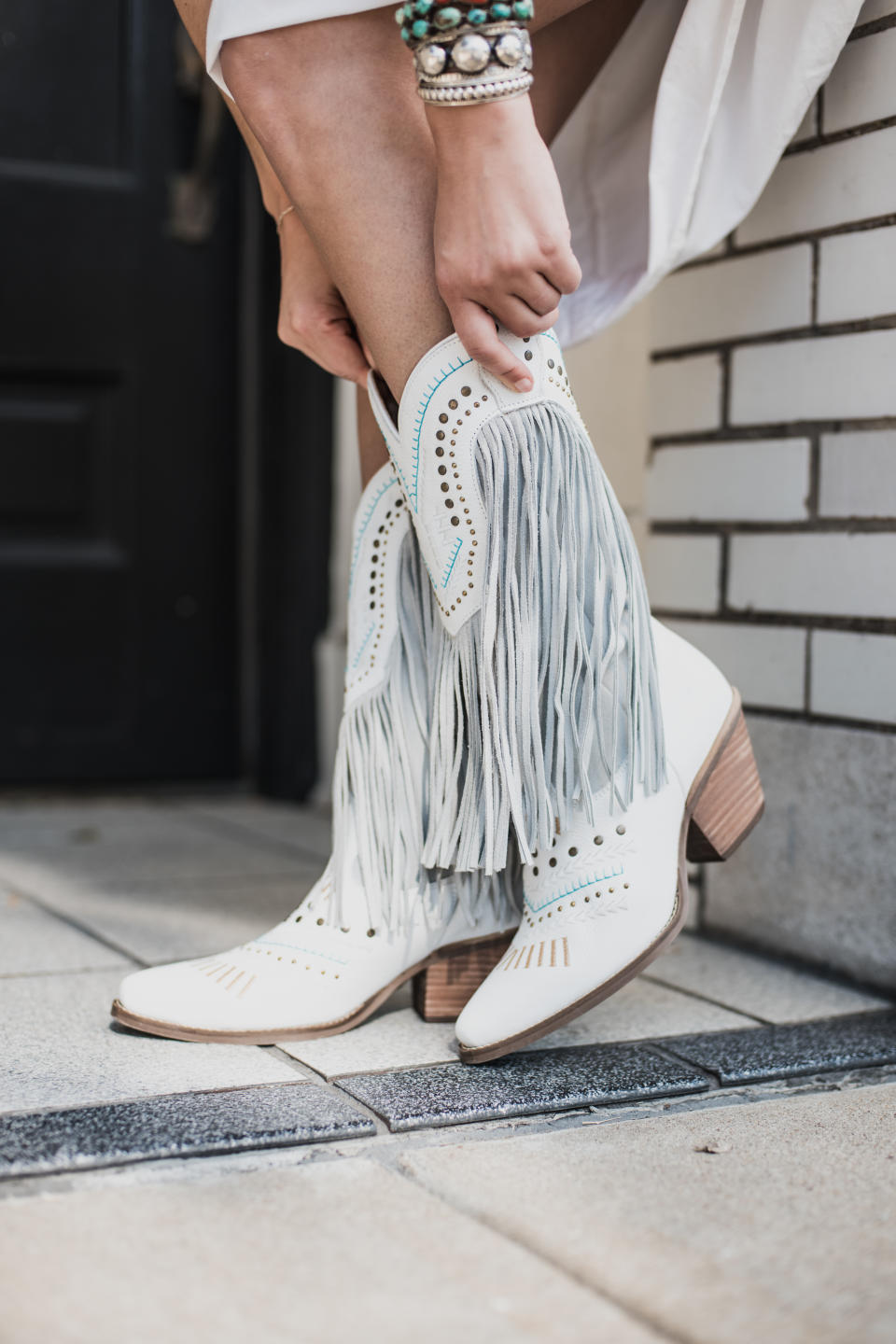
Tractor Supply’s traditional, core Gen X and Baby Boomer customers are passionate about the western lifestyle, having grown up around farms, horses and rodeos. “Western fashion is nothing new, but there is a new generation of customers discovering the look through media, pop culture and country music,” said Estep.
The average age of a TSC customer has dropped by about one-and-a-half years from 2019 to 2022. While Millennials have gone from about 20 percent of the customer base in 2019 to nearly 25 percent in 2022, Gen Z has grown from 2 percent to nearly 4 percent.
Over the last 18 months, TSC’s social media began leaning into coastal cowgirl style — a mash-up of Western and beach aesthetics, with lightweight fabrics and summery colors. Along with that, TSC continues to spotlight Western fashion on social media and online. Tractor Supply also sponsors the TV show “Yellowstone” and the Professional Bull Riders organization, and partners with country music singer/songwriter Lainey Wilson (who has also acted in Yellowstone) for the Tractor Supply Emerging Artist Program.
“We’ve got well over 30 million people in our customer database and we’re always looking to see what’s trending, what they’re buying, and what their demographics are. The merchants continue to take that data and information and continue to evolve the assortments every season.
“We have multiple customer segments,” from those shopping pet supplies (80 percent of TSC’s customers have at least one pet) to those seeking horse feed or what they need for organic gardening. Some customers shop the entire store, including the apparel, while others shop for specific needs, he said.
The brands at Tractor Supply have regional variation and focus, Estep said, which must be taken into consideration when developing and locating in-store shops. “Wrangler is a brand that is trending nationally but that brand might resonate much more significantly in the Southwest. Or Carhartt might resonate more in the upper Midwest and the Northeast,” Estep noted. “So how do we think that through and build out the space relative to those individual type of brand trends?
“We also have an incredible opportunity to build out our digital assortment. How do we start to build out that more stylish portfolio on our website relative to the key workwear brands and start to go up in price? In footwear and outerwear, TSC is starting to stretch its price points a bit higher. So it’s a question of, where is the white space?”
Estep characterized TSC’s apparel business as “expanding with a kind of a bolt-on fashion component” to the store’s overarching functionality in fashion. “As we look to 2024 and beyond, you’ll continue to see more brands come to life in Tractor Supply, as some of these leading brands start to think more about the life out here, this rural customer.”
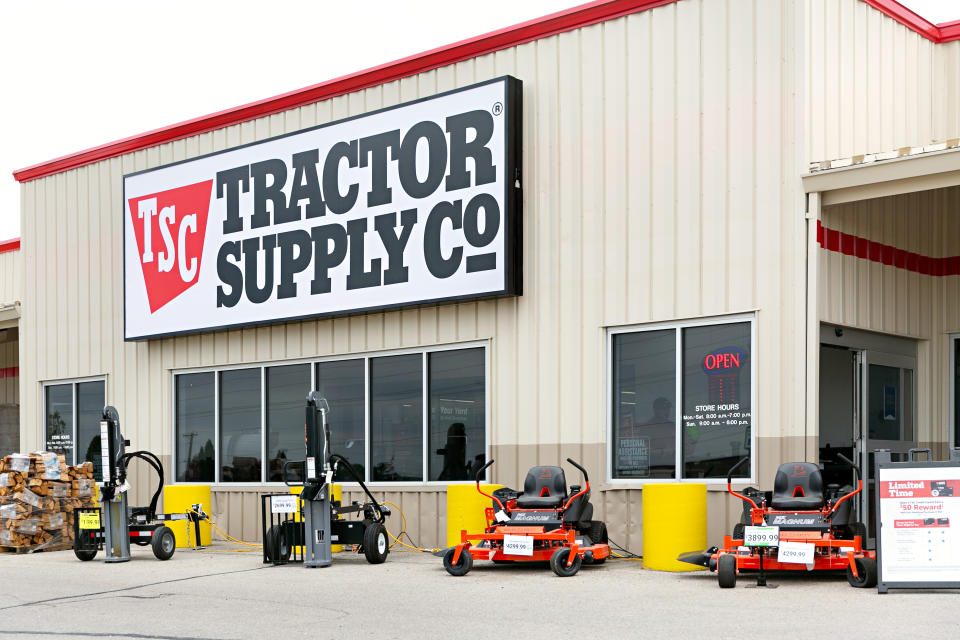
Best of WWD

